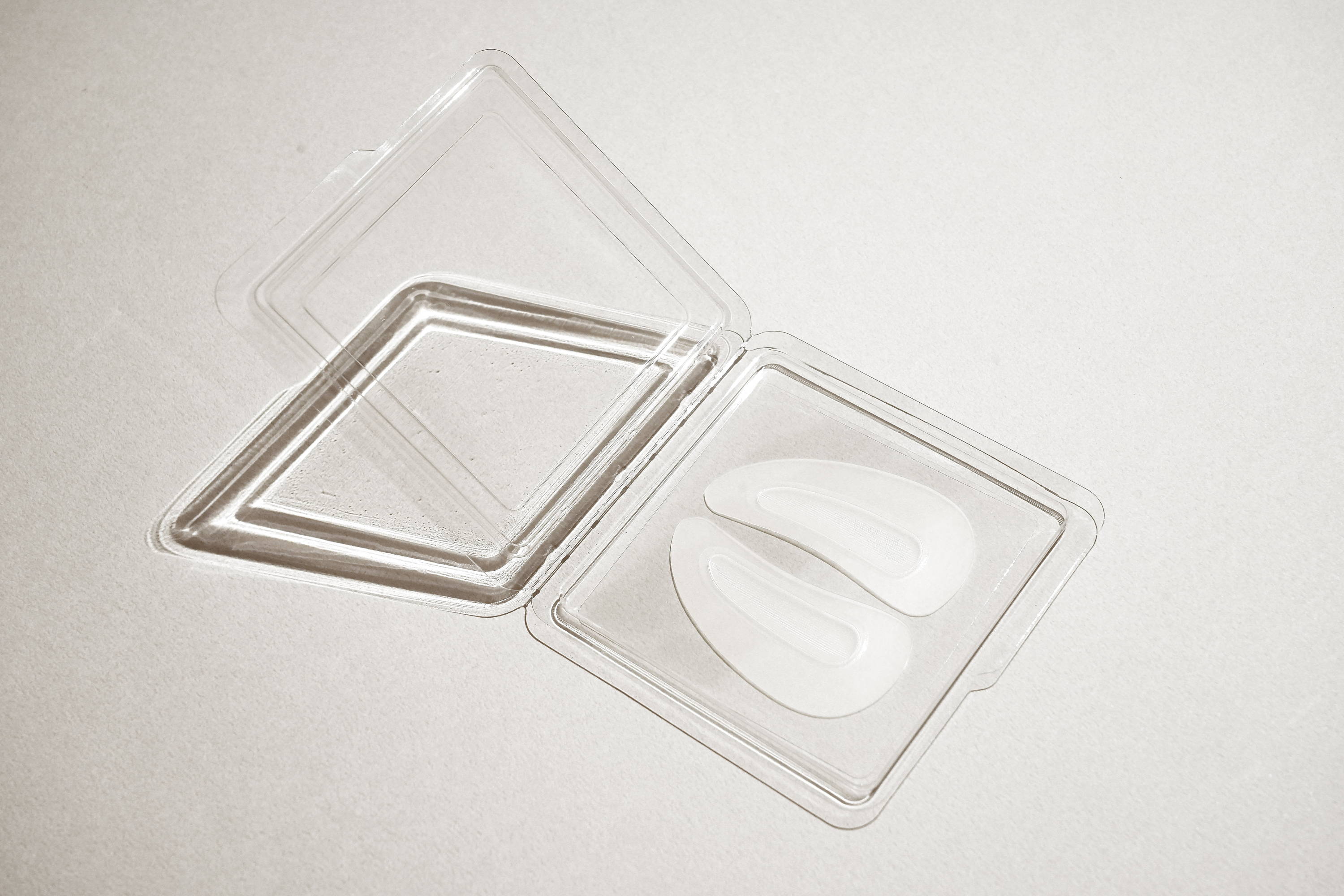
How To Patch Test For Your Skincare Products
Intro
So, you might be new to skincare. Or, you might be an expert and always read the ingredients label front to back. You feel that you know everything there is to know about your skin and its relationship with certain products or formulas. What more could there possibly be to skincare prep?
The human body is complex, to say the least. While it may seem like we know what our skin and internal system can or cannot handle, it can take just one bad reaction to feel like everything you knew was a lie.
While mild formulas don’t generally require much attention, like fragrance-free products, treatments including exfoliating acids, Vitamin C, and retinoids tend to produce different results depending on each individual's condition or skin type. It may be worth looking into patch testing skincare, whether you decide to consult your preferred dermatologist or partake in an at-home remedy.
How To Patch Test Skincare Products
When beginning to patch test skincare, it’s always beneficial to know if you have a history of sensitive skin when it comes to different formulas. Particularly for those with serious skin conditions such as rosacea, eczema, and psoriasis, it never hurts to be one step ahead of a potential flare-up.
There are a few different methods you can try when it comes to patch testing. One of these is the forearm method, where you apply a thin layer of a new product to a discreet area, only using about a nickel size of the formula. The forearm is a common example of a hidden area that won’t cause disruptions to daily life if a skin reaction occurs, as the skin is delicate enough to be comparable to the face.
You can keep reapplying the product in the same spot, or another discreet spot if you choose, as often as the instructions suggest. This tends to be no more than one to two times per day. Your overall goal should be to mimic what your actual usage of the product will be to prep your skin for the routine and adapt it to the formula.
After about a week of monitoring the area, you should be good to get started if you don’t notice any symptoms. Reactions can sometimes be delayed when beginning with patch testing, resulting in multiple exposures over time before the skin begins to fight the product.
If you would rather see how your skin will react in the desired area, you can test a more targeted approach. Essentially, you are testing the product on the intended area where it will be primarily used. If you don’t want to test the product directly on the face, you can apply a small amount behind the ear and monitor potential symptoms from there.
After about 24 hours, if you don’t show any signs of a reaction, that is generally a good indicator that you’re in the clear. If you prefer to play it safer, you can apply the product in the same area for a few days. If at any time you notice a harsh reaction from a skincare product, you should cease application immediately and consult a professional if symptoms worsen.
No matter the method you choose, you should always be sure to clean the area you are testing, which is a basic rule no matter what you are using in skincare.
Patch Testing At Home Vs. Office Treatment
We have adapted to a world where we learned we could do many things from home we never would have previously thought. Whether it’s styling our hair or working from home, we can also indulge in professional skincare treatments without having to change out of comfy sweatpants. From microneedling to at-home laser treatments, it has never been a more convenient period to engage in skincare.
Another method that can be tackled at home is a bandage method, in which you seal up the area containing the applied product with a bandage. When sealing the area for about 48 hours, you are allowing for more absorption of any potential allergens. This can be a better indicator of whether you may experience harmful reactions further on.
If you choose to get a skin allergy test in a doctor’s office, there are a few different options to consider. A common test is the patch test, which has more advantages than simply covering your area with a bandage at home. Rather than using needles in a prick test or allergen injection, this test can help determine if a substance is causing skin inflammation, also known as contact dermatitis.
During the procedure, the doctor will apply patches to your skin that allergens to test your skin against. At this time, your skin may be exposed to anywhere from 20 to 30 extracts of allergens that cause dermatitis. Common substances include but are not limited to latex, metals, hair dyes, and fragrances.
After 48 hours, the patches are removed at the doctor’s office for a follow-up evaluation. While the patches are on your skin for two days, you should avoid bathing the area or engaging in activities that require excessive physical exertion or sweating. From here, your doctor will examine the area, which may be irritated from the patch and is perfectly normal. Depending on the results, you will be able to proceed with the skincare routine that’s healthy for your skin type.
When Should You Patch Test New Products?
No one is immune from patch testing. When you think about all the products we use on our face every day, in terms of moisturizers, serums, makeup, and so forth, we should be cautious to not aggravate our skin.
Two main types of dermatitis occur when the skin reacts negatively to a substance: irritant and allergic contact dermatitis, or ICD and ACD, respectively. With ICD, it is often an external substance damaging the skin cells, whereas an allergic reaction tends to be the root cause during ACD.
When the body’s immune system mistakes a harmless substance, such as a potential allergen, as dangerous, it reacts by attacking it and defending your system, which then shows symptoms such as sneezing, congestion, and itchy or watery eyes.
If you feel you have more sensitive skin, avoiding irritants such as harsh soaps, solvents, and chemical substances will avoid any unwanted skin inflammation. Retinoids such as tretinoin can cause redness on the skin as it is a stronger formula and not as mild as its fan-favorite sibling, retinol.
Potential Symptoms To Watch Out For When Patch Testing
Though everyone’s skin is different and responds to formulas in various ways, many users experience one or more of these potential side effects when having a skin reaction to a substance:
- Skin inflammation
- Itchiness/dryness/flakiness
- Bumps on the skin
- Redness/swelling
- Welts
- Scaling
- Textural changes
- Rash/hives
- Skin discoloration
When shopping for new products, if you want to stay on the safe side, check for labels that use phrases “free” or “clear,” often stating they are rid of any harsh ingredients. Though many products advertise being “hypoallergenic,” “organic,” and “for sensitive skin,” being aware of any molecules that don’t blend well with your skin will help you to know which products to put back on the shelf.
This will also come with trial and error as you become more knowledgeable about different formulas and what your skin can tolerate. One of the most frustrating, yet rewarding aspects of skincare is the time that you put into understanding the relationship you have with your skin. It does so much for us by keeping us healthy that we should return the favor during our daily routines!
Conclusion
Patch testing isn’t mandatory, though it is recommended for those of all skin types to get an idea of your skin’s tolerance when it comes to formulas. It can be overwhelming, especially at the beginning of discovering everything there is to know about different ingredients. Many of them are versatile while others specialize in particular anti-aging effects.
The only way to fully prepare your skin for a new addition to the daily routine is by giving it time to adapt. Remember: you and your skin have a unique relationship. It’s better to embrace it rather than feel hindered by it.













